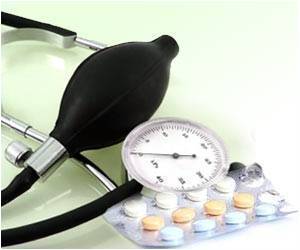Researchers will report findings that recommend expectant monitoring instead of immediate delivery for women with gestational hypertension or preeclampsia between 34 and 37 weeks of pregnancy.

This randomized controlled study, Delivery versus expectant monitoring for late preterm hypertensive disorders of pregnancy (HYPITAT-II), was conducted in 51 Dutch hospitals, and evaluated whether immediate delivery could reduce adverse maternal outcomes without increasing the risk of neonatal respiratory distress syndrome (RDS). Adverse maternal outcomes were defined as eclampsia, HELLP-syndrome, pulmonary edema, thrombo-embolic disease, placental abruption, and/or maternal death.
More than 700 women were randomly allocated to immediate delivery or expectant monitoring and outcomes of mothers and children were registered. Researchers found that the risks of complications for mothers were not significantly different between both groups (1.1% versus 3.1%), but breathing difficulties due to prematurity more often occurred in the group that was allocated to immediate delivery (5.7% versus 1.7%). Thus, the study revealed that in women with late preterm hypertensive disorders of pregnancy, routine delivery did not decrease the risk of severe adverse maternal outcomes, but it did increase the risk of neonatal RDS, unlike with expectant monitoring.
"Delivery, with the risk of breathing difficulties or other problems due to premature birth, should ideally only be chosen if it prevents worse complications," said Kim Broekhuijsen, M.D., one of the researchers.
"We now have evidence suggesting that delivery of all women with these disorders does not prevent enough complications to justify the problems it causes in newborns. But if we could predict which women will develop these types of complications, we could choose delivery for them, while safely allowing pregnancy to continue [i.e. expectant monitoring] in the large majority of women. This would prevent complications due to hypertensive disorders, without causing unnecessary premature births," said Broekhuijsen, of University of Groningen, University Medical Center Groningen, Obstetrics and Gynecology, in Groningen, the Netherlands,
According to the researchers, further research should focus on determining exact criteria for the delivery of women with hypertensive disorders between 34 and 37 weeks of pregnancy.
Advertisement















